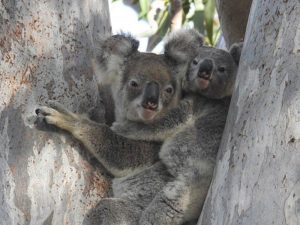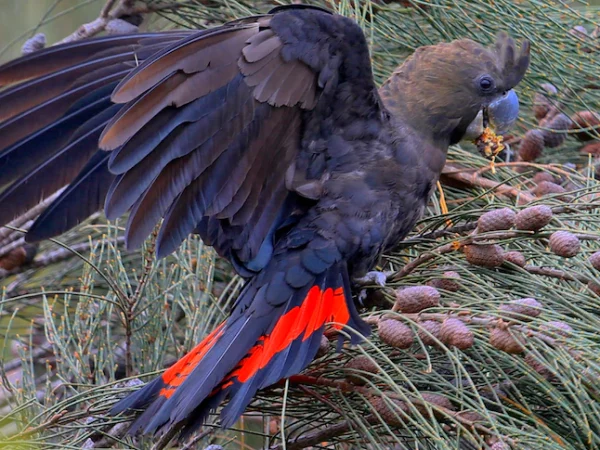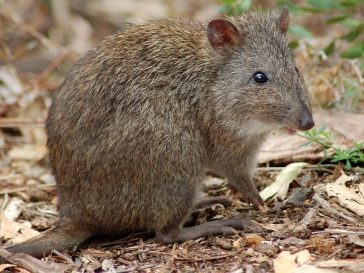Bunyah Koalas
Farming for conservation
The Bunyah Restoration Project consists of a collection of Private Properties adjoining the Wang Wauk State Forest, a declared area of regional koala significance (ARK). Collectively we have over a 1000 acres of privately owned koala habitat. We also host a range of other threatened fauna such as the pottorro, quoll and the glossy black cockatoo. Our flora includes the critically endangered brushy turpentine and native guava.
In response the recent decline in our local koala population we have formed our group to act protect our remaining koalas by proactive disease management, habitat protection, feed tree plantings and invasive species control.


farming with nature
An alternative to locking the gate
Our iconic species such as the koala and quoll are in serious trouble in NSW, despite the more than 7.5 million hectares of National Park. Many of the remaining viable populations are now located on private land holdings. Overall, these private areas have been better protected from fire and invasive species by the more intensive land management practices of farmers and land managers.
We believe that land managers should be incentivised to identify and protect endemic endangered flora and fauna populations on their properties. Our Projects aim to improve farm productivity while also maintaining and increasing the viability and quality of habitat for our local native wildlife. In this way we aim to demonstrate how farming and conservation can be mutually beneficial.
View our Projects View our Trailcams
How can you be involved?
Help us Help You
We will be running a series of open days demonstrating our approach to farming for conservation along with tree planting days, spotlighting, wildlife waterer installation days and citizen science days. Keep an eye out our blog and/or follow us on Facebook or Instagram for more.
insert link
We look forward to seeing you at the next open day. If you cant help in person but still would like to contribute, please donate below. Additional funds will allow us to complete additional wildlife waterers and well as expanding our koala health monitoring into the adjacent State Forest.
